What’s the Buzz
The Bee Healthy Blog
Is My Pelvic Pain After Birth Normal?
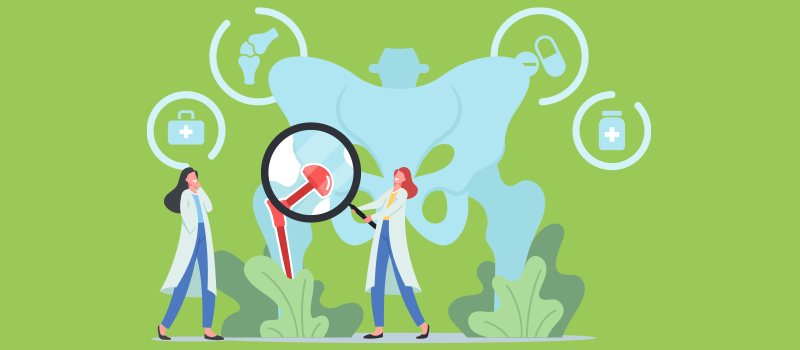
Recovery after childbirth is a unique experience for every woman as she copes with physical changes in her body, emotional changes such as the baby blues, and a new daily routine that has to be adapted to her baby’s needs. One of the things that can make things harder for new moms is the presence of symptoms such as urinary incontinence, urinary frequency, constipation, pain during sex (dyspareunia), back pain, and pelvic pain.
In this article, we’ll look at one of these symptoms, postpartum pelvic pain, in more detail.
Is it normal to have pelvic pain after pregnancy?
Approximately 70% of women experience pelvic pain during pregnancy. It is also quite common for pubic pain, genital pain, tailbone pain, spine pain, lower abdominal pain, and pelvic girdle pain to continue during the early postpartum period (the first four weeks after giving birth). Surveys indicate that approximately 40-50% of women have pelvic pain beyond 12 weeks after delivery.
Postpartum pelvic pain can affect a woman’s ability to care for her baby and lead to difficulty performing routine activities of daily living. Pelvic floor physical therapy is the most commonly prescribed treatment for this condition.
Why does postpartum pelvic pain occur?
Pregnancy and childbirth place a great deal of stress on a woman’s body, specifically on the bones and soft tissue of the pelvis. A variety of abdominal and pelvic floor disorders can develop in postpartum women, leading to symptoms like fecal incontinence, prolapse of the pelvic organs, pain due to irritation of the sciatic nerve or other nerves in the area, and separation of the diastasis recti (abdominal muscles). Fluctuating estrogen levels and other hormonal changes also play a role in postpartum symptoms. Some of the common causes of postpartum pelvic pain are listed below.
- Perineal tears or vaginal tears can occur when the baby’s head comes through the vaginal opening. These lacerations usually take 6 weeks to heal. It is very common for perineal tearing to cause groin tenderness, pain, and reduced mobility after delivery.
- Stress on the pubic bone during labor and delivery can lead to pelvic girdle pain after giving birth. Rarely, a condition called pubic symphysis diastasis (separation of pubic bones) can occur, which can leave patients with debilitating pain.
- Muscle weakness due to overstretching of the pelvic and abdominal muscles can lead to discomfort during and after pregnancy. Damage to the pelvic floor muscles during vaginal delivery or abdominal muscles during a cesarean delivery can make it difficult to bend, stand or sit for long periods, and use the bathroom. It can take up to 9 months for the pelvic girdle muscles to regain strength and return to their pre-pregnancy state. Physical therapy can help speed up the process.
- Pelvic organ prolapse is a condition in which one or more internal pelvic organs such as the urinary bladder, uterus, or rectum slip down from their normal positions. It occurs due to a weak pelvic floor musculature and can cause symptoms such as feelings of pressure or heaviness, bulging in the vagina or pelvis, and pelvic pain.
What does postpartum pelvic pain feel like?
Postpartum pelvic pain can be present at the vaginal opening, lower abdominal area, hips, or really anywhere in the pelvic girdle. The pain can be constant, or it can come and go. It can be sharp and located in one spot such as directly over the pelvic bone or it can be dull and spread out throughout the pelvic floor muscles.
Both sexual intercourse and non-sexual activities like bowel movements can make pelvic pain worse. A past diagnosis of non-pelvic chronic pain (for example, back pain or migraine headache) is linked to a higher risk of developing persistent chronic genital or pelvic pain after giving birth.
How long will my pelvis hurt after birth?
Postpartum pelvic pain can last for 3 to 9 months after delivery. If your pain is severe enough to interfere with your ability to care for your baby or perform activities of daily living, you should talk to your doctor about treatment options for pelvic pain.
What helps with pelvic pain after birth?
Many women who are experiencing pain in the pelvic area postpartum find that simple techniques can speed up healing and relieve their symptoms. Some of the strategies you might try to include:
Deep breathing and relaxation exercises
Meditation, yoga, and other such activities can help to relieve the stress and tension in the pelvic muscles and ease pelvic pain.
Body mechanics and posture
New mothers are not only constantly lifting their baby but also a whole bunch of other things like car seats, strollers, and diaper bags. While much of this lifting is unavoidable, some simple techniques can help to minimize postpartum pain from lifting. For example, bending from the knees and using the leg muscles will reduce strain on the pelvis, lower abdomen, and lower back. Keeping objects close at hand is also useful. Sitting in a well-supported chair while breastfeeding is another way to relieve pelvic and tailbone pain. If you’re not sure how to optimize body mechanics, a physical therapist or occupational therapist can give you tips.
Physical therapy and pelvic floor muscle training exercises
Also called Kegel exercises, these are a group of exercises that can help with pelvic floor dysfunction. They help strengthen and stabilize the pelvic floor muscles, i.e., the muscles that support the urinary bladder, uterus, and rectum. These exercises are frequently recommended to men and women who have problems with fecal or urinary incontinence (stool or urine leakage).
You can do pelvic floor strengthening exercises at any time, any place without anyone being the wiser. While it’s possible to do them in a standing position, most people find it easier to do sitting or lying down.
It’s a good idea to have a pelvic floor physical therapist show you how to do Kegel exercises so that you get the technique right. Note that it can take 3 months or longer to see any noticeable change in your pelvic floor symptoms.
Pelvic floor devices
There are various devices that help to treat pelvic floor dysfunction. Some of these devices provide electrical or magnetic stimulation to help with urinary and fecal incontinence, pelvic organ prolapse, and pelvic pain. Others are intravaginal tampon-like devices that support the muscles from within. Biofeedback tools are used to treat stress incontinence. The effectiveness of these devices has not been proven by large-scale studies and they are not widely available. However, it might be worth discussing treatment options with your doctor.
Wrapping Up
Pelvic floor pain is extremely common during pregnancy due to pressure from the growing baby. In many women, pelvic pain can continue or worsen after giving birth. Most women can get relief through relaxation, gentle exercise, and improved body mechanics, as well as the passage of time during which the pelvic muscles, pelvic bones, joints, and connective tissue heal.
However, some women may experience chronic pelvic pain that is debilitating and negatively impacts their ability to enjoy motherhood. If this is the case, talk to your doctor about treatment for postpartum pelvic pain. There are physical therapists who specialize in postpartum pelvic health, and they could help you feel more like yourself again.
References:

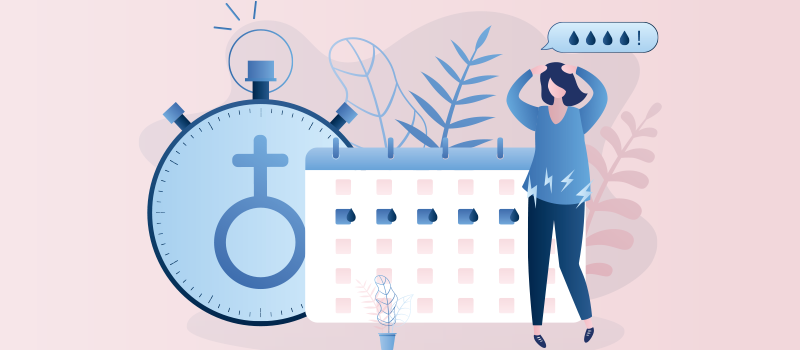



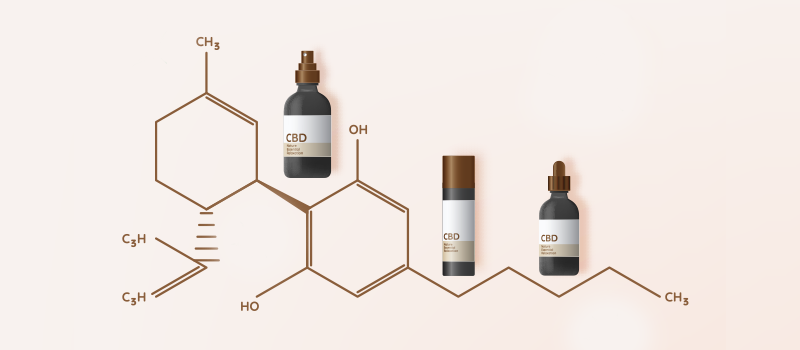
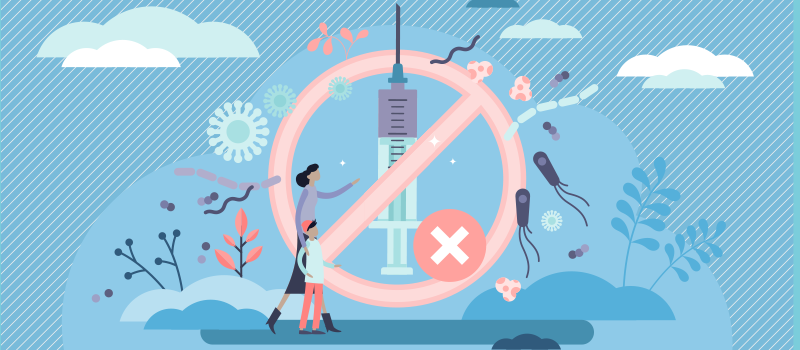
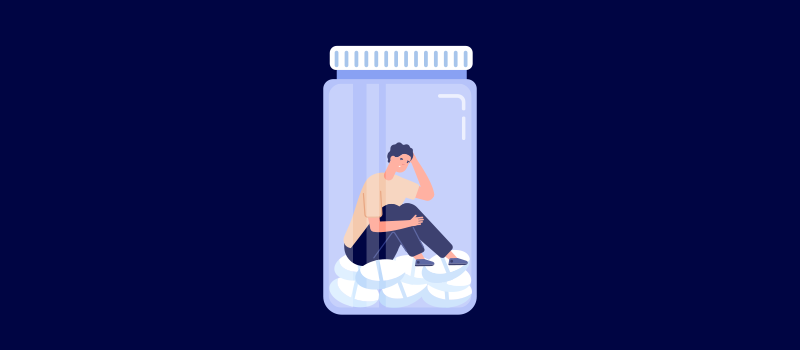
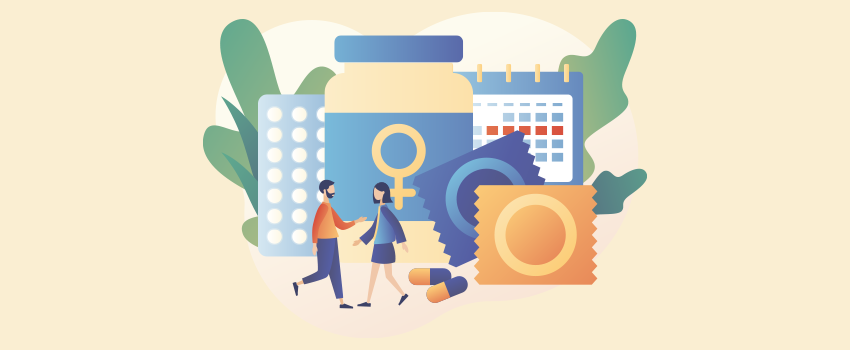

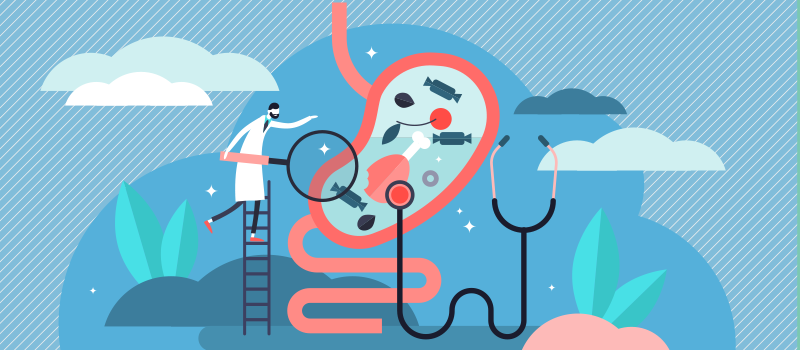
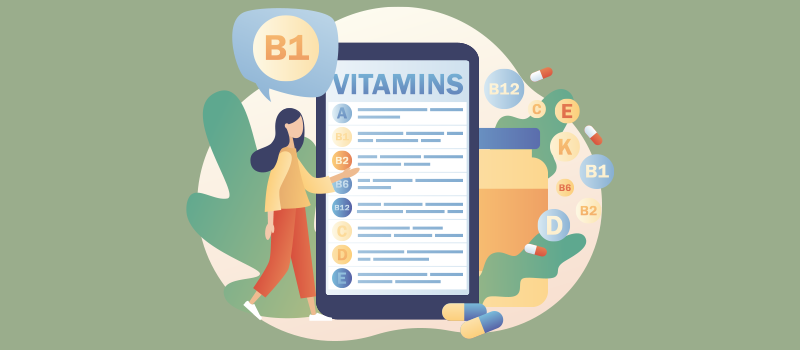
SOCIAL